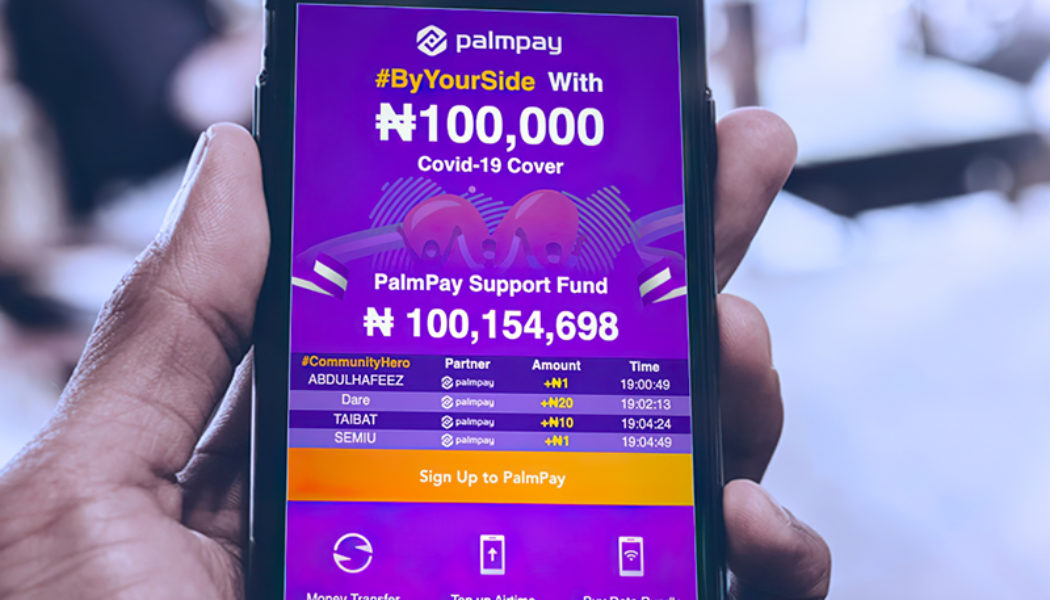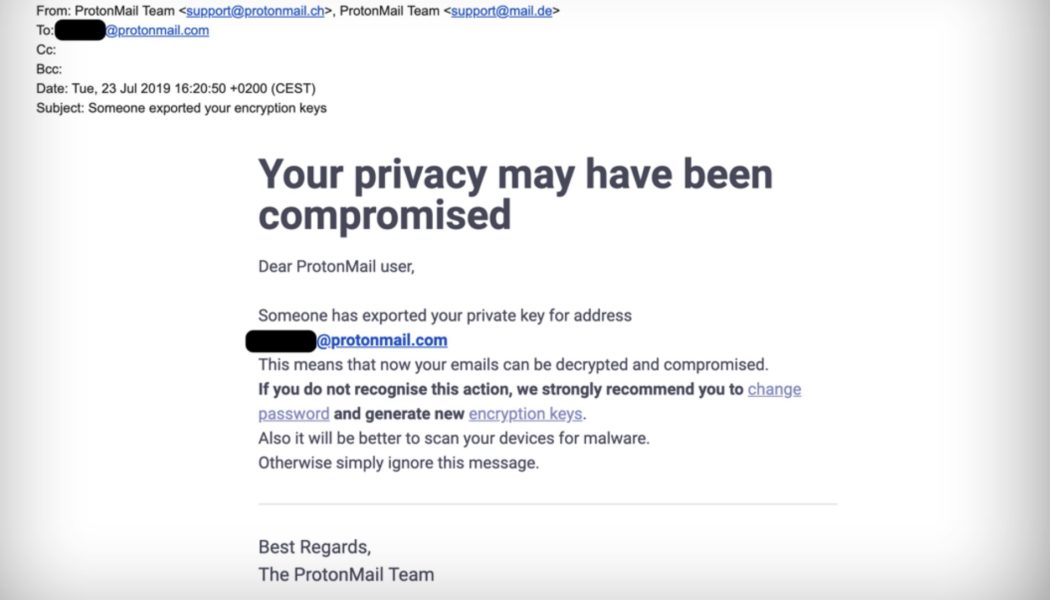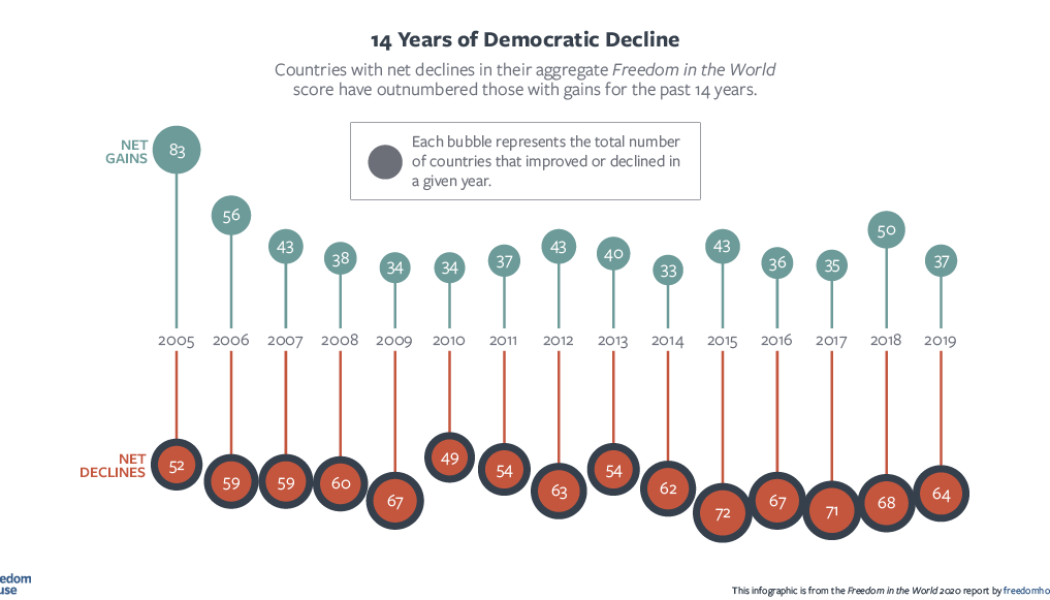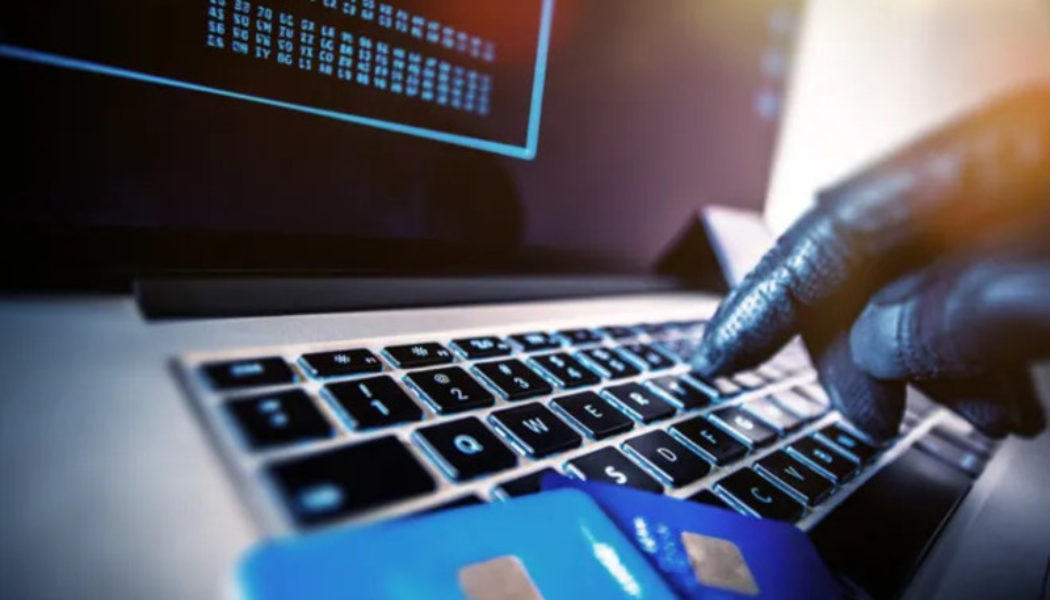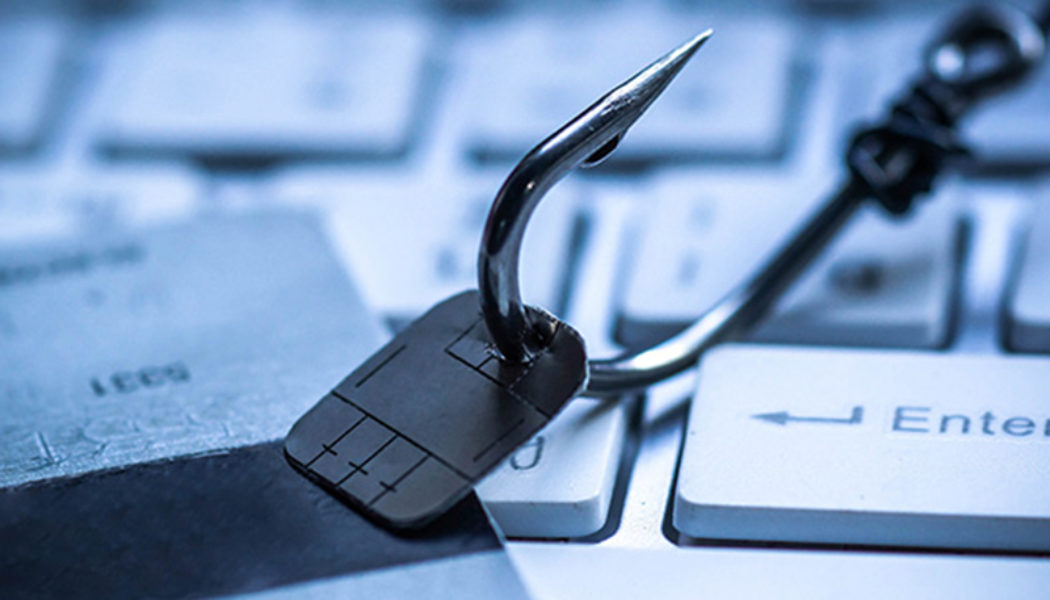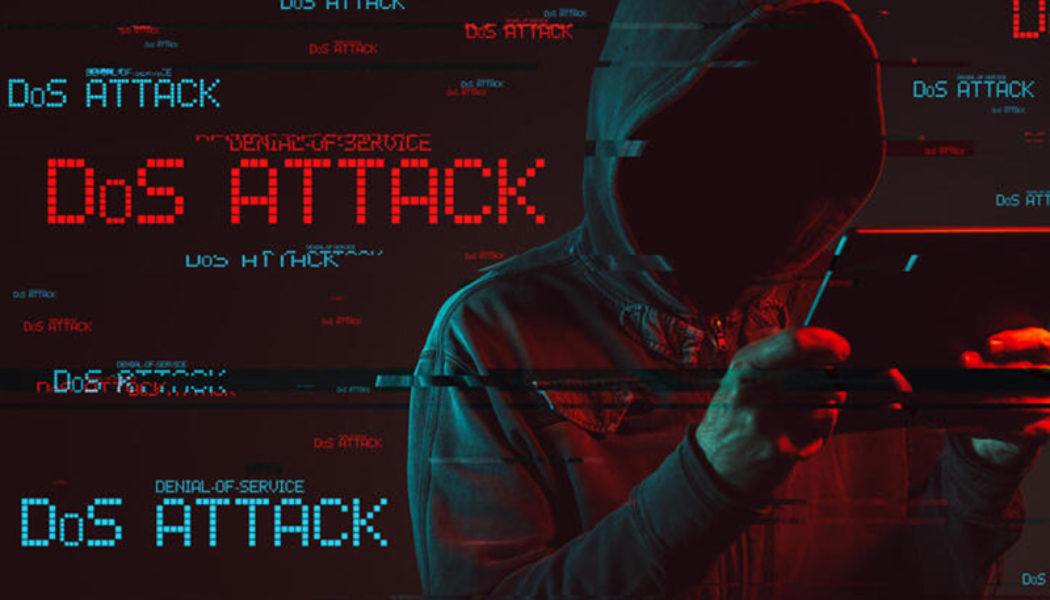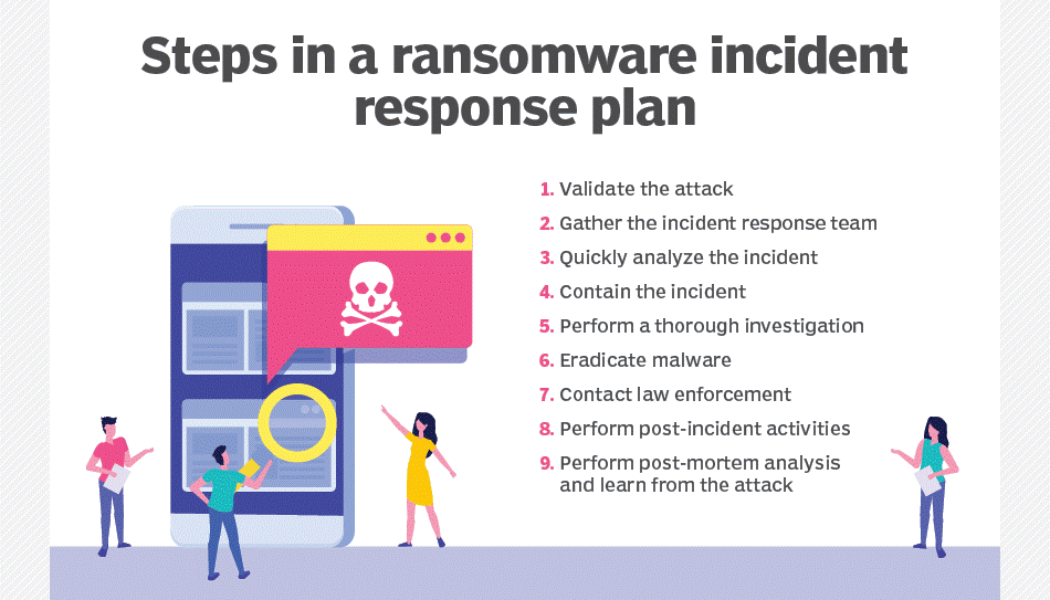security news
The Great Phishing Fail
Anna Collard, SVP Content Strategy & Evangelist at KnowBe4 Africa. In 2021, phishing attacks increased by 7.3% according to the ESET Threat Report, and the Cisco 2021 Cybersecurity threat trends report revealed that around 86% of organisations had at least one person click a phishing link. This echoes the findings of recent KnowBe4 Security Awareness Research that found people keep clicking – on fake emails from HR, the business and IT. As Anna Collard, SVP Content Strategy & Evangelist at KnowBe4 Africa, points out, the majority of top email categories that people fall for are those that fit in to everyday life – invoices, purchase orders, shared files, and COVID-19 related topics. “As our quarterly report on the top-clicked phishing tests shows, the emails that catch people are t...
How to Protect Yourself from Gift Card Scams This Holiday Season
Image sourced from NorthJersey.com This holiday season checking off that gift list will look a little different than in past years. Many shoppers are planning to rely on e-commerce for a significant amount of their holiday shopping. Digital gift card sales are also likely to increase. However, given the spike in digital activity predicted over the holidays, cybercriminals, too, will be making their lists and checking them twice. It’s a particularly risky time of the year as shoppers of all ages (including some with less experience recognising digital threats) flock to search engines and online channels to place orders before holiday delivery date cutoffs. And opportunistic hackers know just how to create enticing, seasonally-appropriate lures—and even some of the simplest scams c...
How Remote Work Makes Financial Insider Threats A Bigger Challenge
Image sourced from Finance Times. Now more than ever, insider threats pose a serious risk to financial institutions, especially those that have transitioned to alternate work environments to ensure business continuity, warns Fortinet. Fortinet’s 2020 Securing Remote Work Survey revealed that the shift to remote work was putting pressure on security teams and increasing the risk of breaches. In South Africa, studies have found that remote and hybrid models are here to stay, meaning organisations must make insider risk a priority, says Doros Hadjizenonos, Regional Sales Manager at Fortinet. With a 47% increase in just two years, insider threats are a significant and growing problem worldwide, exacerbated by the move to remote and hybrid work models. No organisation is immune to the...
Is South Africa a Playground for Cybercriminals?
The Attacks From All Angles 2021 Mid-year Cybersecurity Report by Trend Micro highlighted a 47% year-on-year increase in email threats as well as malicious files and URLs in the first quarter of 2021 globally. South Africa’s technology landscape is almost identical to that of other countries, which has seen black hat hackers using it as a testing ground for cybersecurity attacks before these are launched on their intended end-users. Ransomware Remains the Prime Threat Globally, ransomware remained the standout threat in the first half of the year. The pandemic has highlighted how easy it is to buy ransomware as a service (Raas) on the dark web. Africa accounted for 1.7% of these attacks, with 1.05% being targeted at South Africa. Our findings show that locally, South Africa was in the top ...
The New DDoS ‘Normal’ is Not Normal in Any Way
Image sourced from Shutterstock. Threat actors will never turn down an opportunity for innovation, and the COVID-19 pandemic has provided an enormous such opportunity. We are seeing this quite clearly in the numbers coming through – and the new ‘normal’ around distributed denial of service (DDoS) attacks is not normal at all. So says Carole Hildebrand, Senior Strategic Marketing Writer at NETSCOUT, a leading global provider of service assurance, security and business analytics. Writing in a recent blog, she explains, “After an astonishingly active first quarter of DDoS attack activity, things calmed down a bit for the second quarter of 2021. Unfortunately, ‘calmed down’ is a relative term.” NETSCOUT decided to compare the numbers of DDoS attacks during the COVID-19 era of 2020 and 2021 thu...
- 1
- 2
